Baking is great fun for all ages, but there is a real science behind it too. It may be tempting to cut corners by ‘guesstimating’ your measurements, but the measuring process is detrimental to the end product.

Taking the time to weigh your ingredients properly can help you achieve a perfect bake the first time around.
At our award-winning London bakery, we only use metric measures. This is so that we can guarantee consistency and also because we produce in larger batches than one would at home. Our Hero Sponge recipe, which has a cult following on social media, is a fool-proof recipe measured in grams.

At home when I'm baking with my young son however, I choose to use cups and spoons for measuring as it's a lot easier for him to use and I like encouraging his confidence (scales can come later!). This is the basis behind all my recipes for kids that I include in my StoryBakes book series too.
Although using American cups has become more popular in the UK due to ease and convenience, many recipes in the UK still favour traditional baking measurements, either metric measures (as preferred by us) ie. grams (g) and millilitres (ml), or imperial measures ie. ounces (oz) and pounds (lbs).
If you want to use an American recipe and would like to convert cups to grams, or vice versa, our easy baking measurement guide below will help you bake a cake Mary Berry would be proud of. No soggy bottoms here.
What baking measurements are there?
With so many different terms and numbers, it can be tricky to get your head around baking measurements. But it’s simple to get to grips with them when you break it down and stick to a couple of methods.
Cup and Spoon Measures

Measuring spoons tend to come in sets of six consisting of different sized tablespoons and teaspoons. Don’t be fooled into using the regular spoons you eat with, as graded spoons are the best for accuracy.
How to Measure Dry Ingredients Properly:
- Spoon flour into the cup, then level off with a knife (don’t scoop!)
- Pack brown sugar lightly unless stated otherwise.
How to Measure Liquids Accurately:
- Use a clear measuring cup at eye level.
- Don’t overfill—measure exactly to the line!
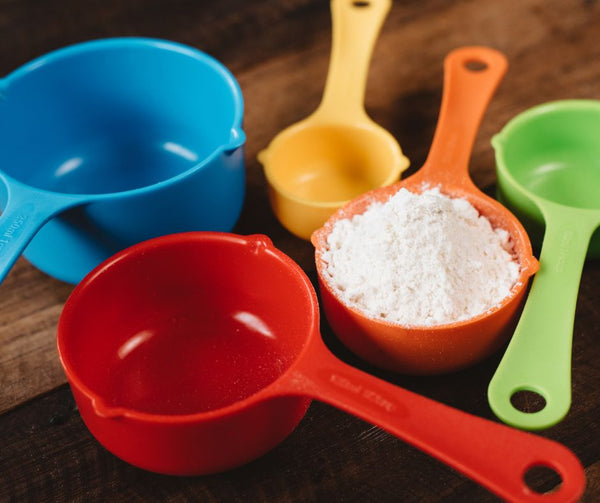
Measuring cups are similar to spoons but are for larger amounts. There are two different types: graded and glass. Graded cups are best for dry ingredients and range in size, typically from ¼ cup to a whole cup. Glass cups, on the other hand, are better for liquids and tend to come in whole sizes rather than halves or quarters.
Pros of Using Cup and Spoon Measures
- Quick and convenient for volume measures
- Easy for baking with kids
- Ideal for following American recipes
- Cheaper than buying kitchen scales
Cons of Using Cup and Spoon Measures
- Can be inaccurate
- Can take longer to measure when scaling up recipes
Metric and Imperial Measurements
Most recipes in the UK are written with metric measures, and sometimes imperial. Both require the use of kitchen scales to weigh the ingredients. The most common units are grams and millilitres.
Pros of Using Metric/Imperial Measures
- Accurate measurements for each ingredient
- Easily scalable if wanting to increase batch size of recipe
- Consistent results from consistent measurements
Cons of Using Metric/Imperial Measures
- Requires kitchen scales
- Could take a little longer
- Not ideal for young children who aren't familiar with numerics yet
If you’d prefer to weigh out your ingredients, you’ll most likely be using grams for dry products and millilitres or litres for liquids. Here's a handy free printable download for UK to US baking measurements.
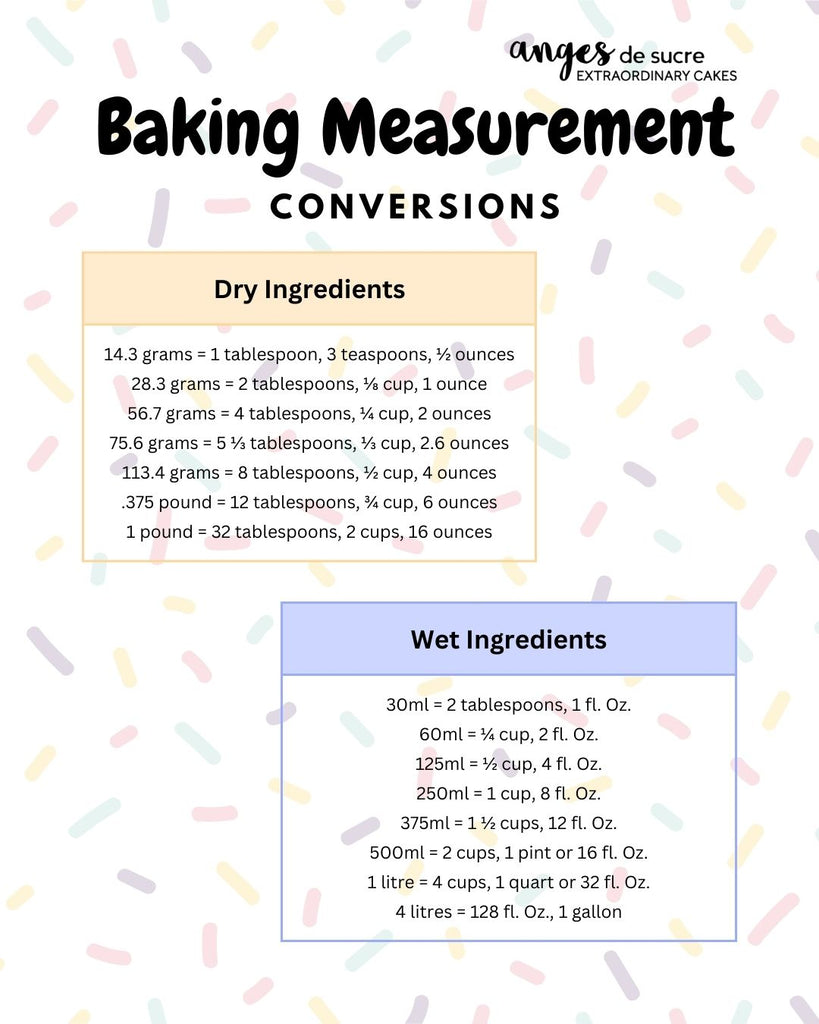
Grams to Cups by Ingredient
Sometimes it may be more accurate to work out the baking measurements by weighing each ingredient as they often vary. For example, a cup of unmelted butter would weigh significantly more than a cup of flour so you wouldn’t necessarily want to include the same amount of both. Speaking of butter, a cup of unmelted butter isn't the same as a cup of melted butter.
Knowing the grams to cups conversion of popular ingredients can speed up the process, if you’d rather weigh out your ingredients using grams. However, you can also use this guide for reference, if you don’t have scales or are using a recipe that features grams but you’d rather use cups.
Take a look at these easy conversions of essential ingredients from grams to cups before getting stuck into your latest baking project.

Common Problems when Measuring Baking Ingredients
Taring scales: Always press the "zero" button before measuring.
Ingredient swaps: Baking powder ≠ baking soda! Check correct substitutions.
Distractions: Count aloud or weigh liquids for accuracy.
When to Use Cups & Spoons (best for quick, casual baking)
- Perfect for brownies, pancakes, and cookies
- Great for kids & beginners
- Not ideal for delicate pastries & macarons
When to Use Grams & Scales (for precision baking)
- Essential for macarons, bread, sponge cakes
- Scalable for large batches
- Ensures perfect consistency



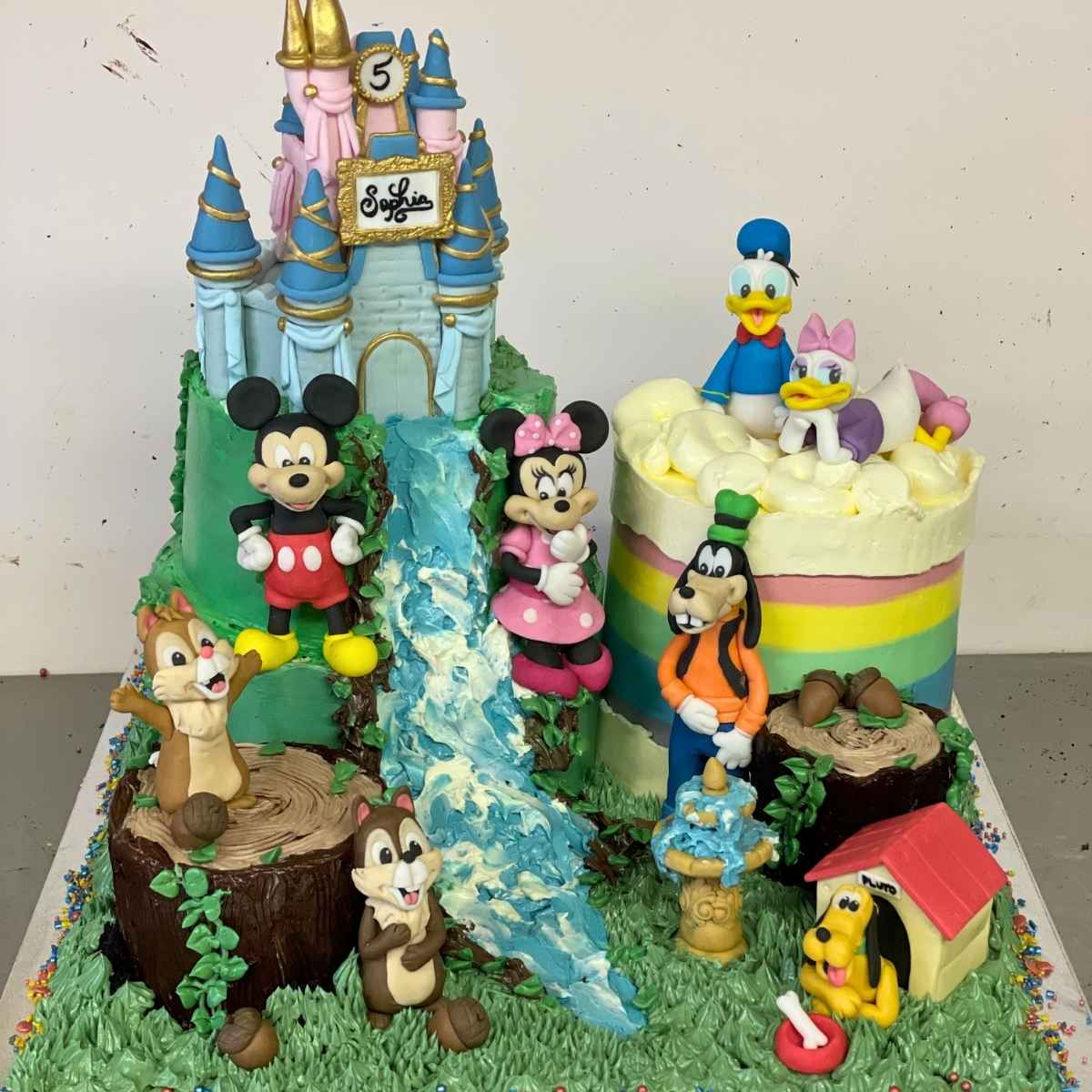
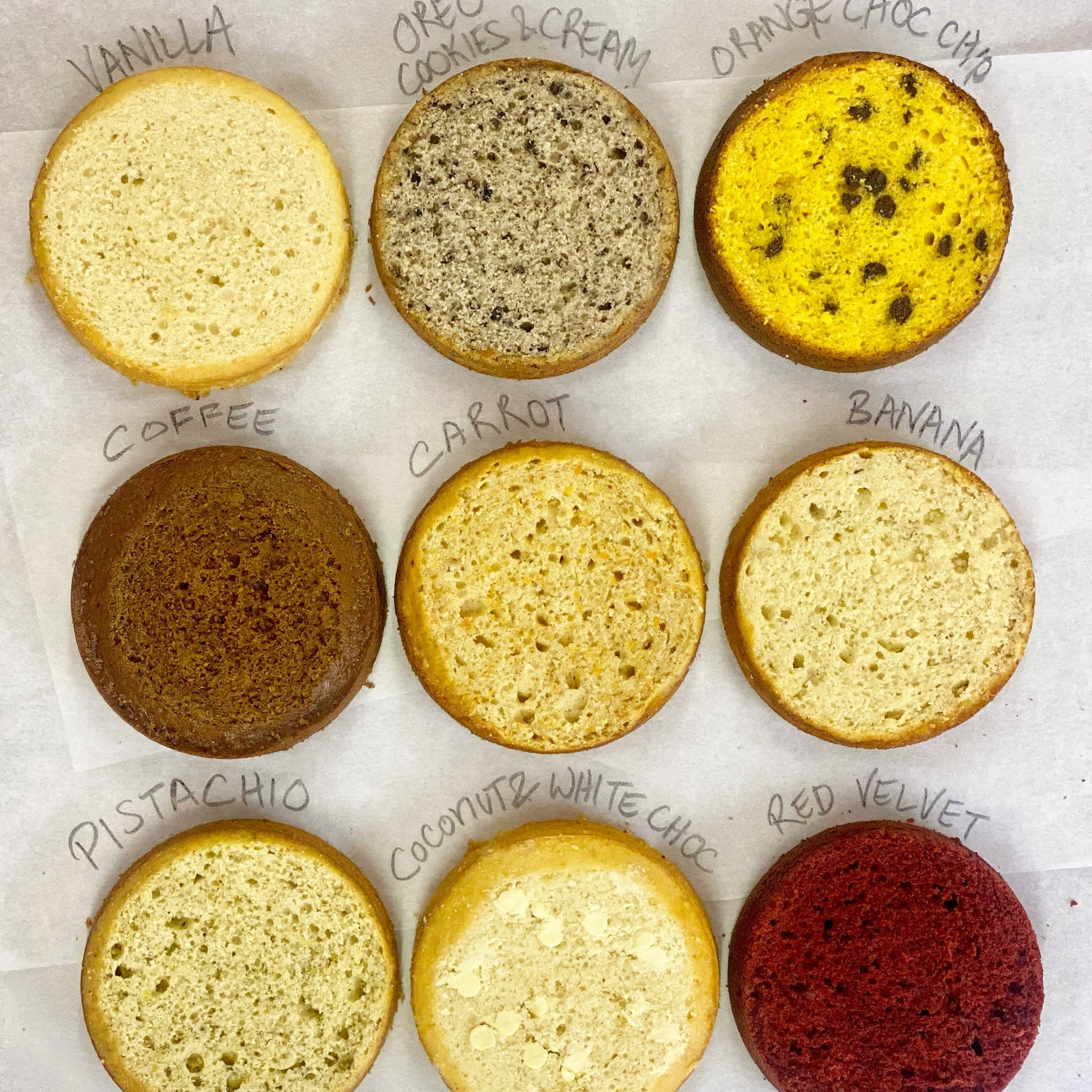
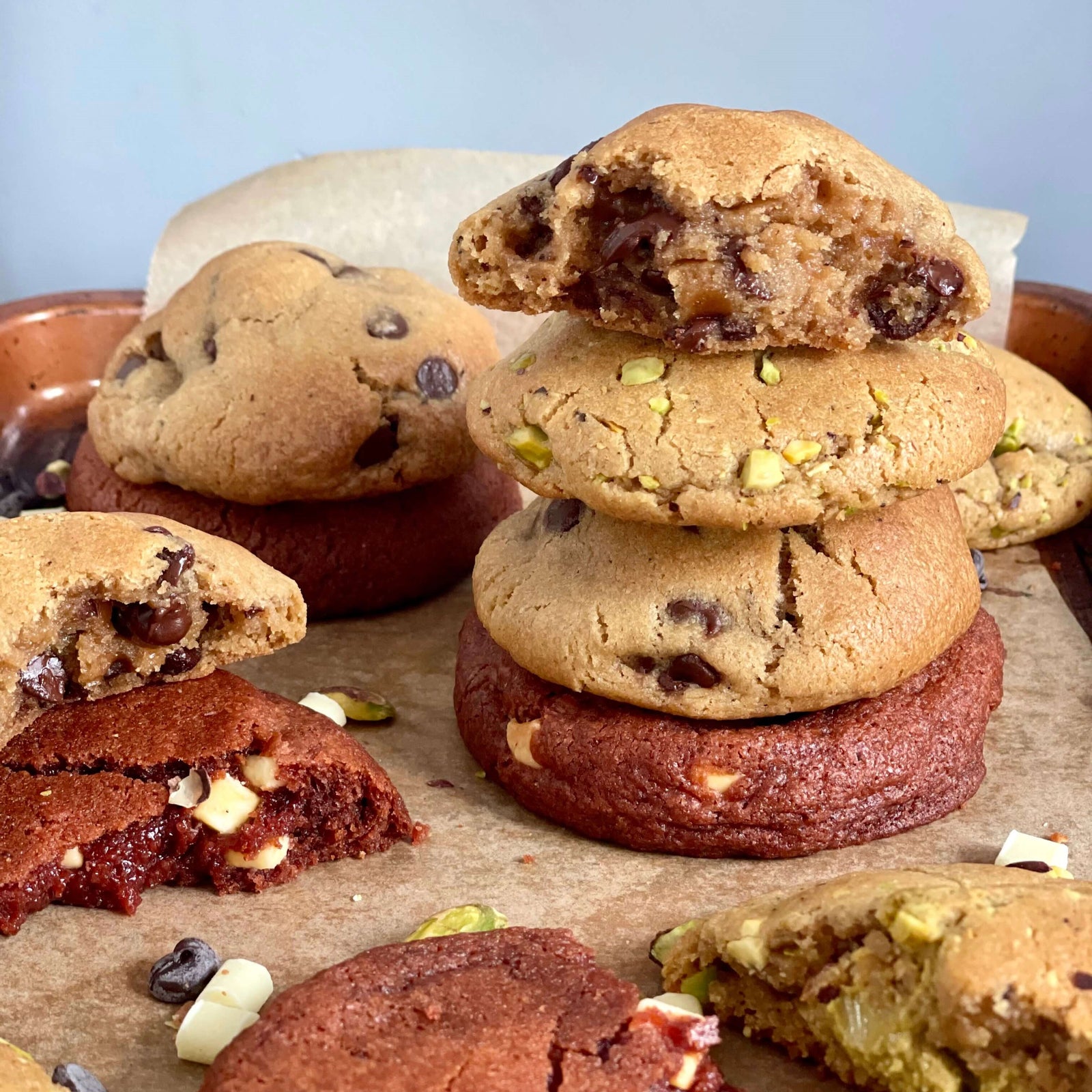
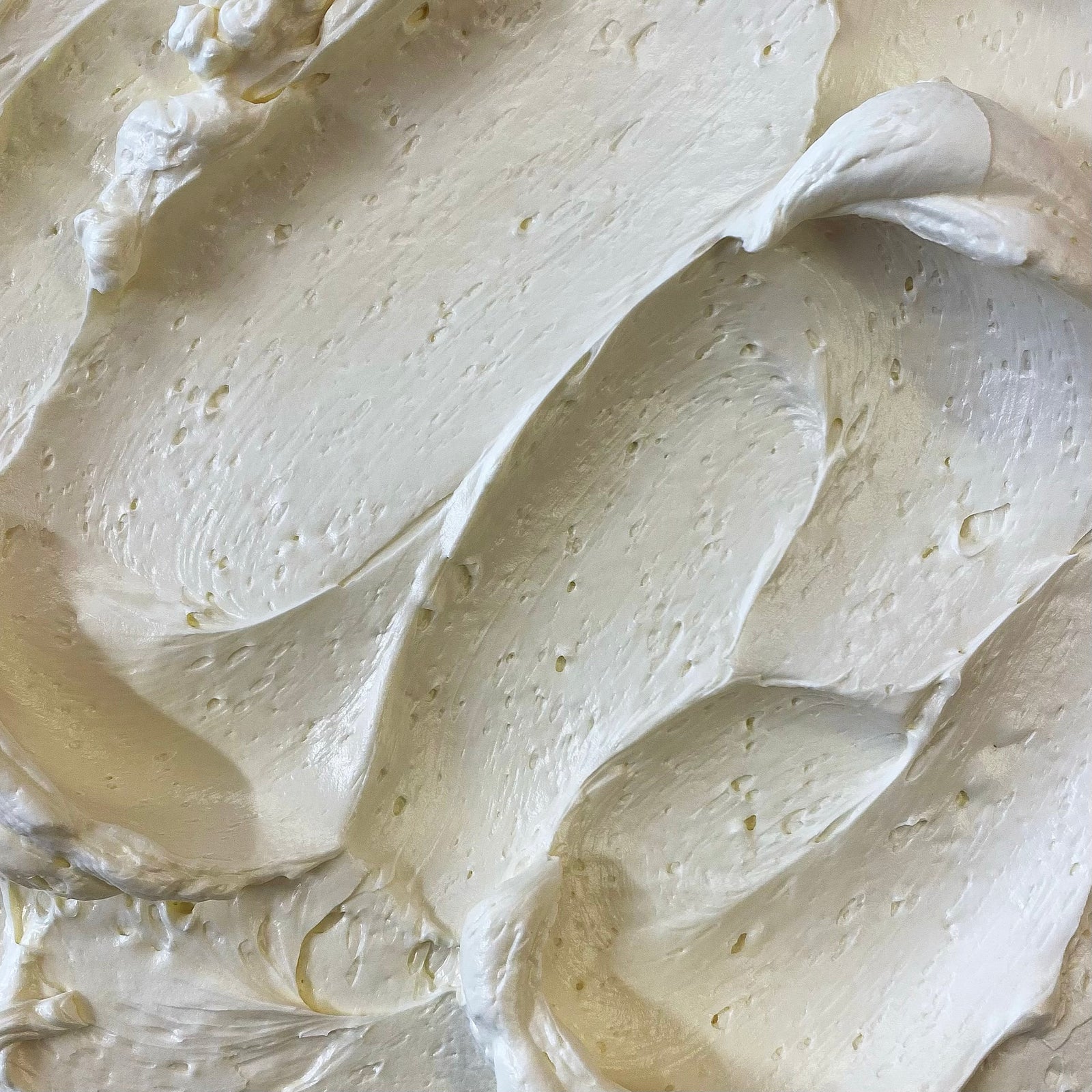
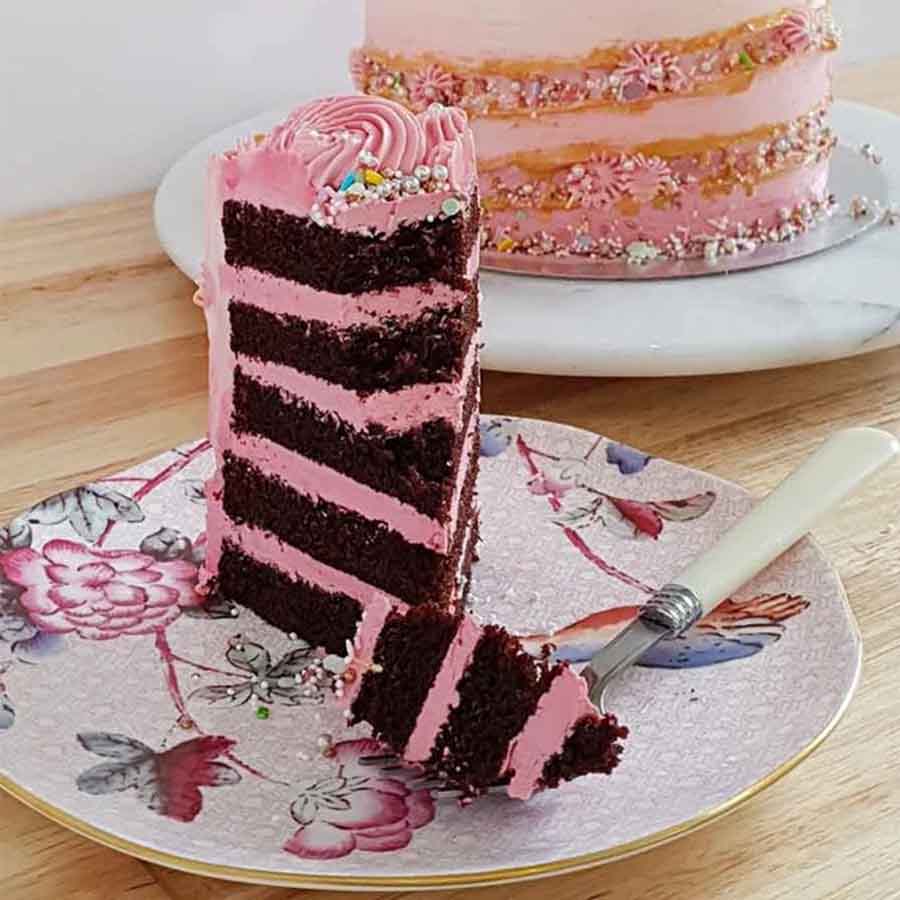
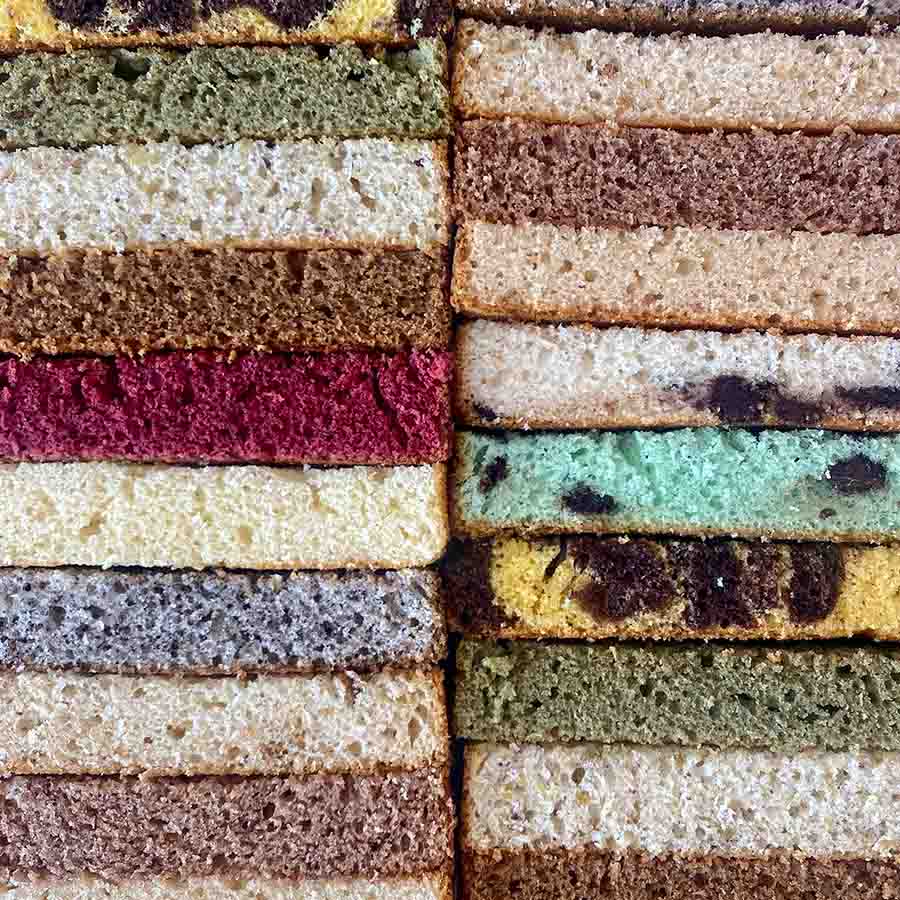
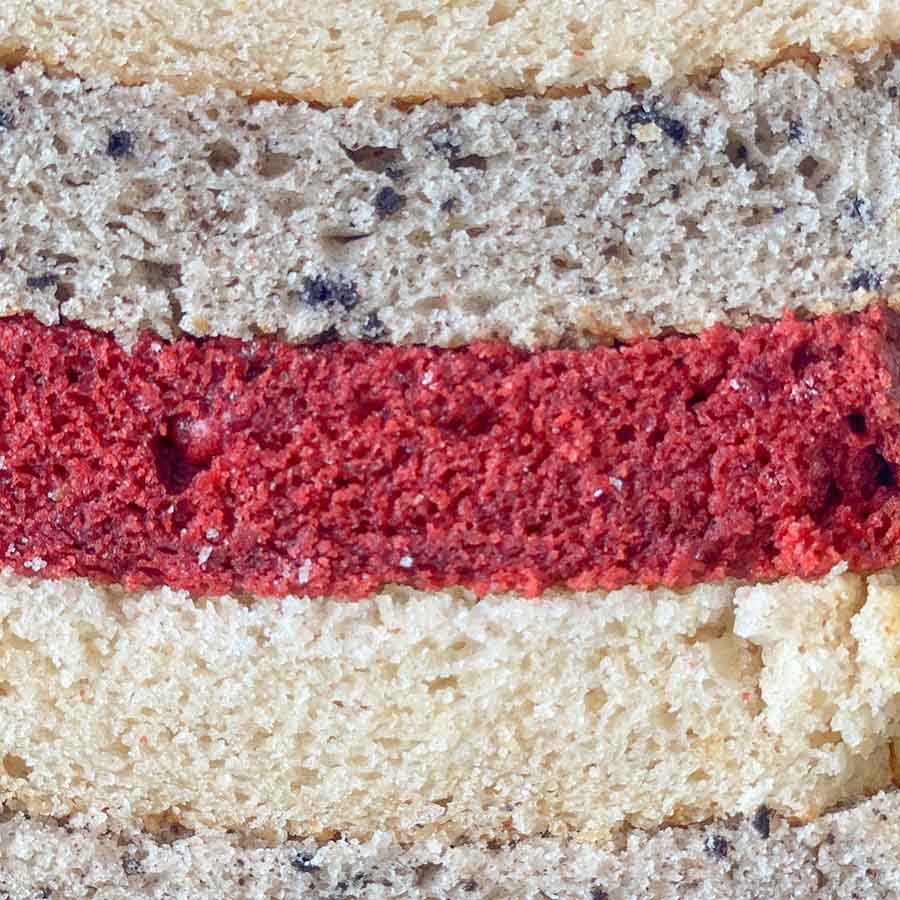
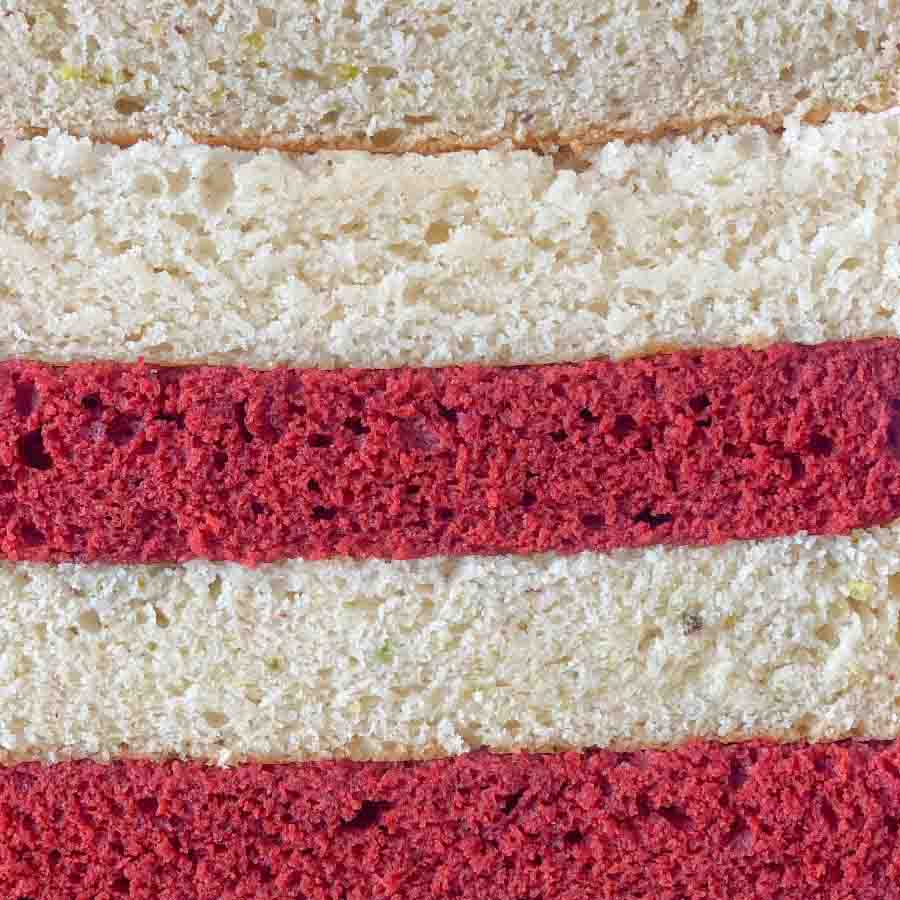
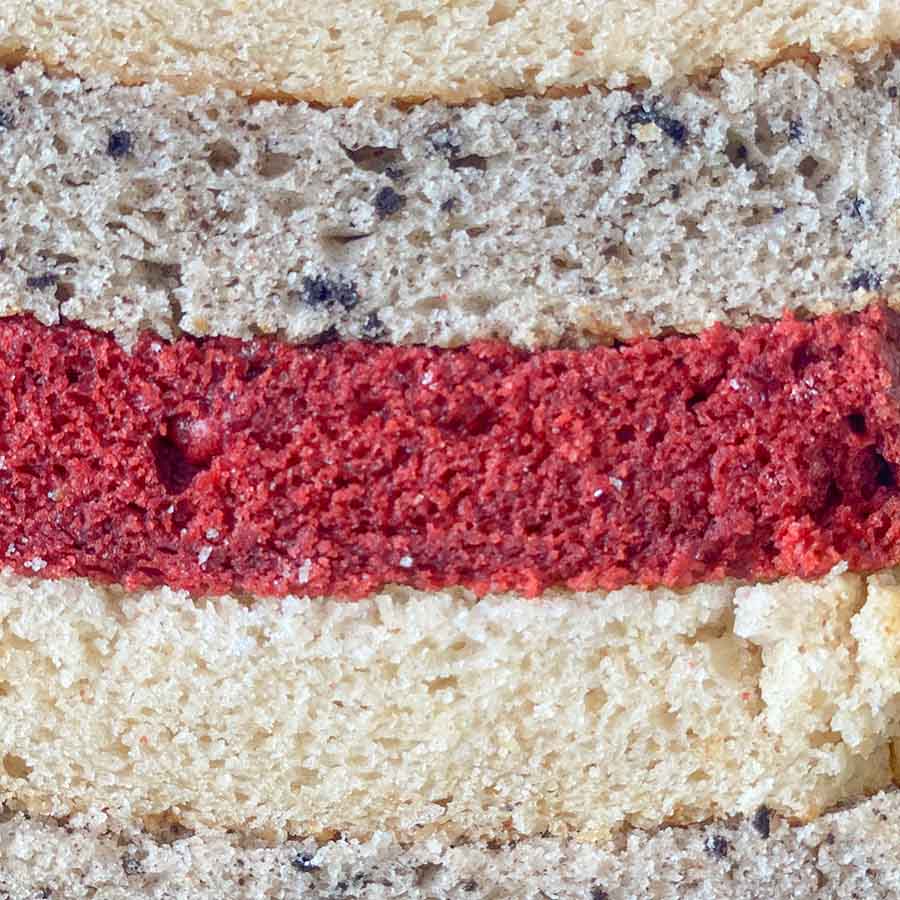
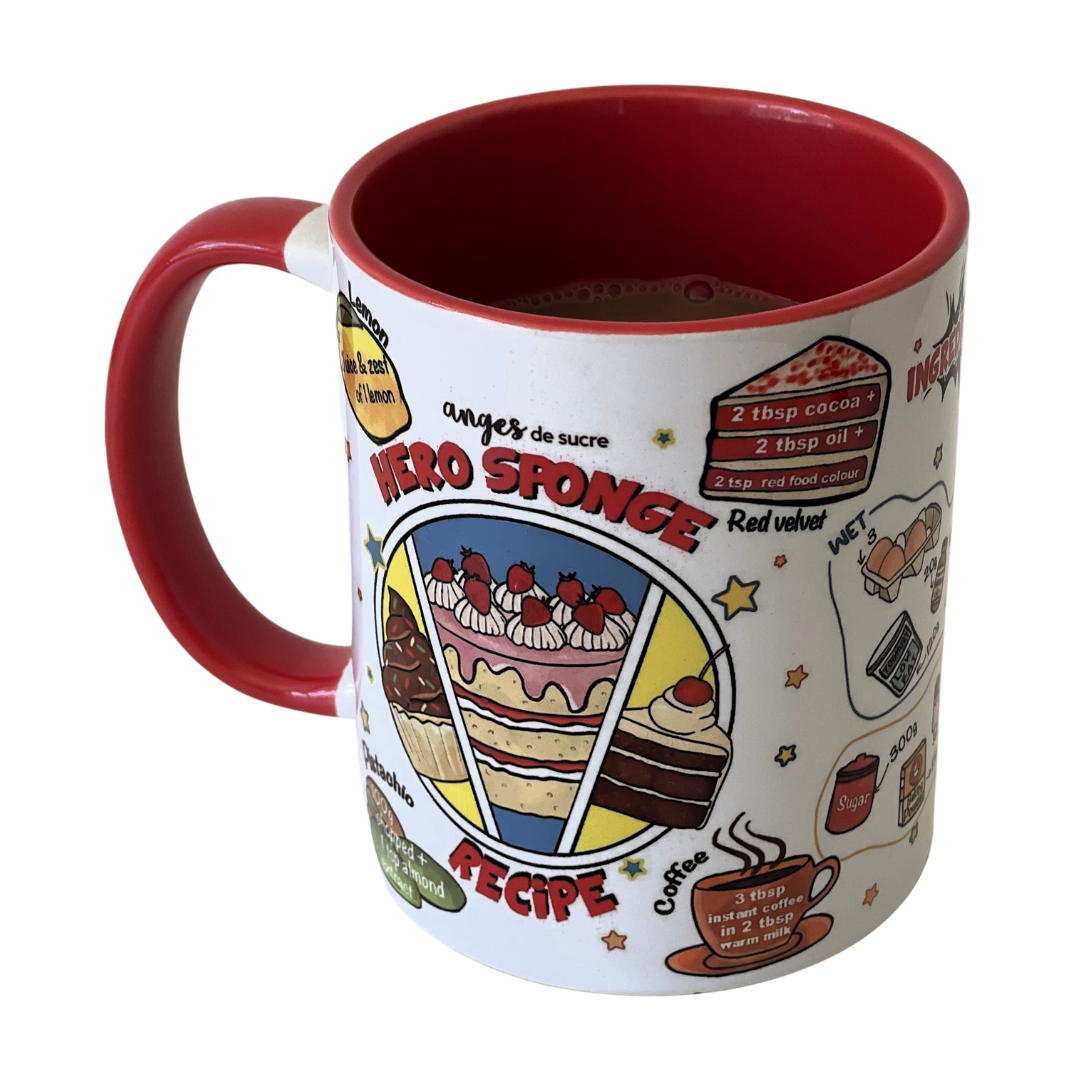
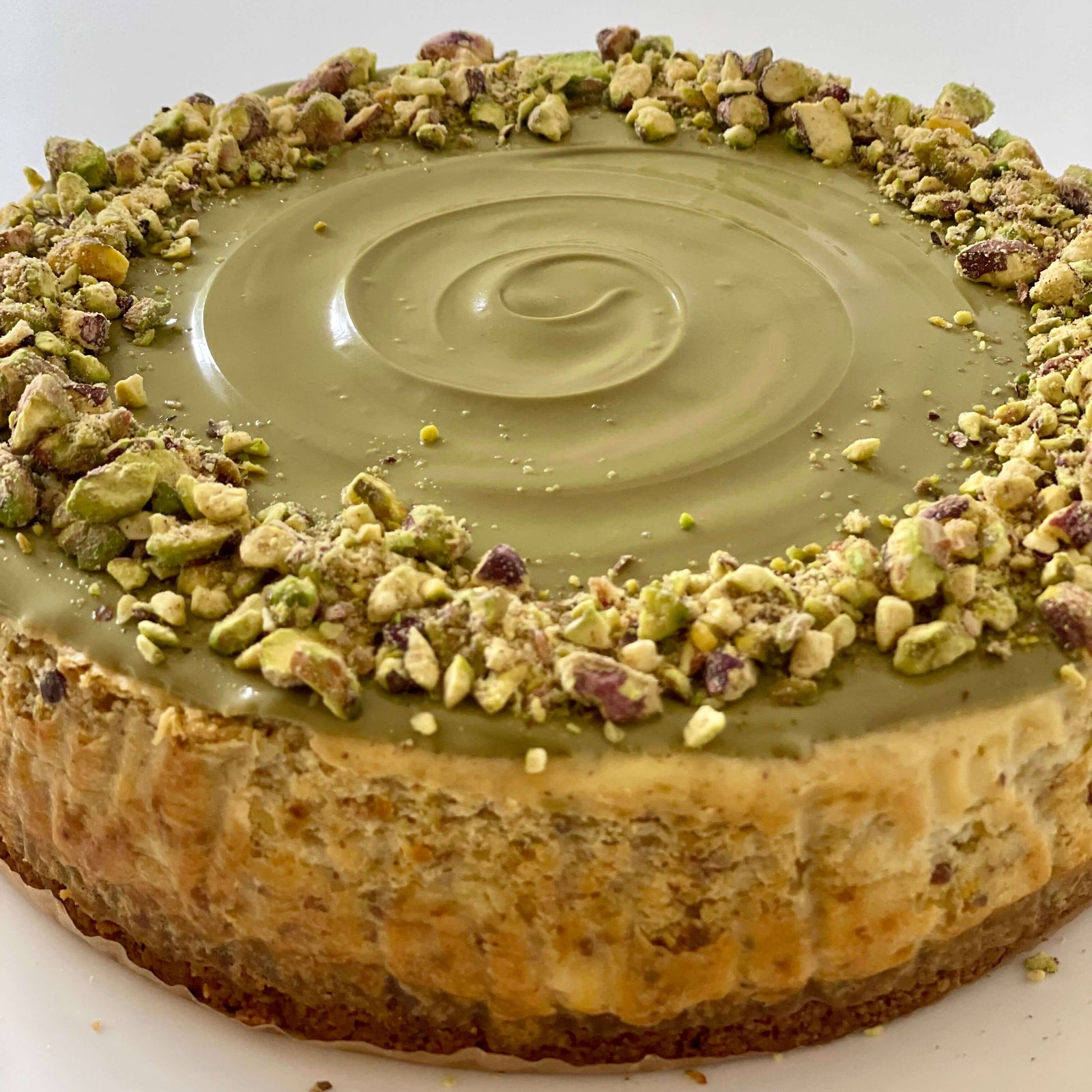
Nithya lakshmi
July 13, 2021
Nice I can understand now. Thank you so much. Sister